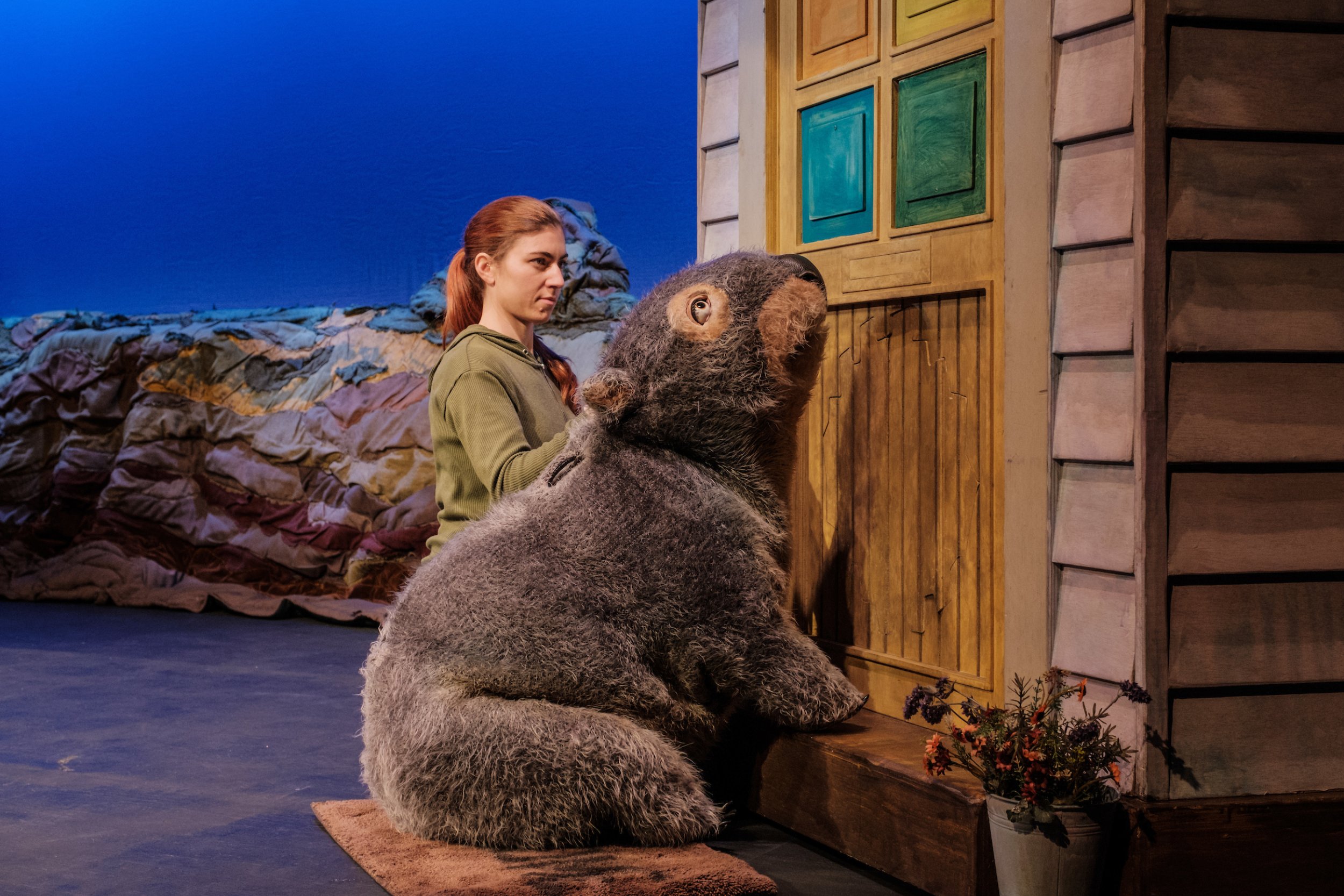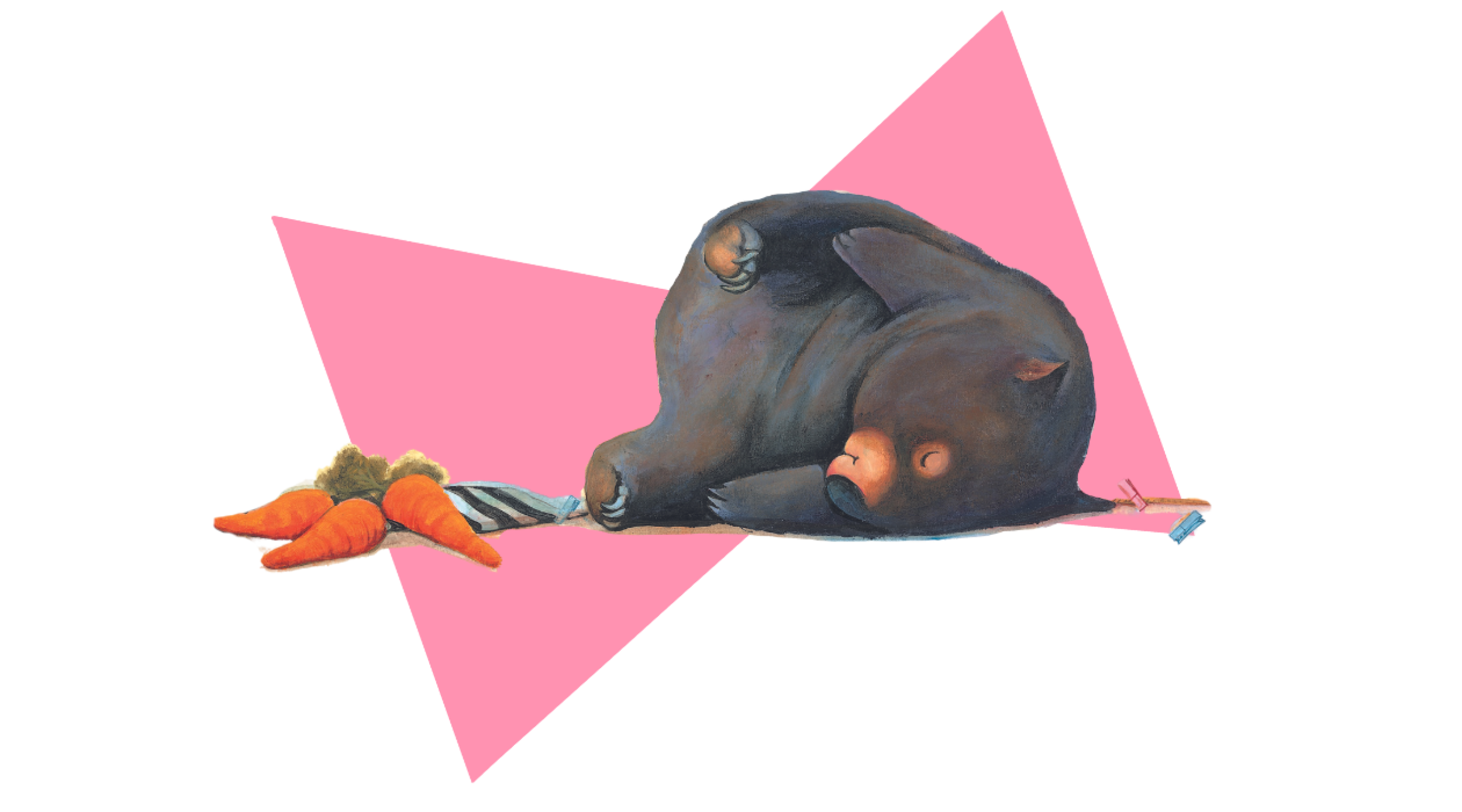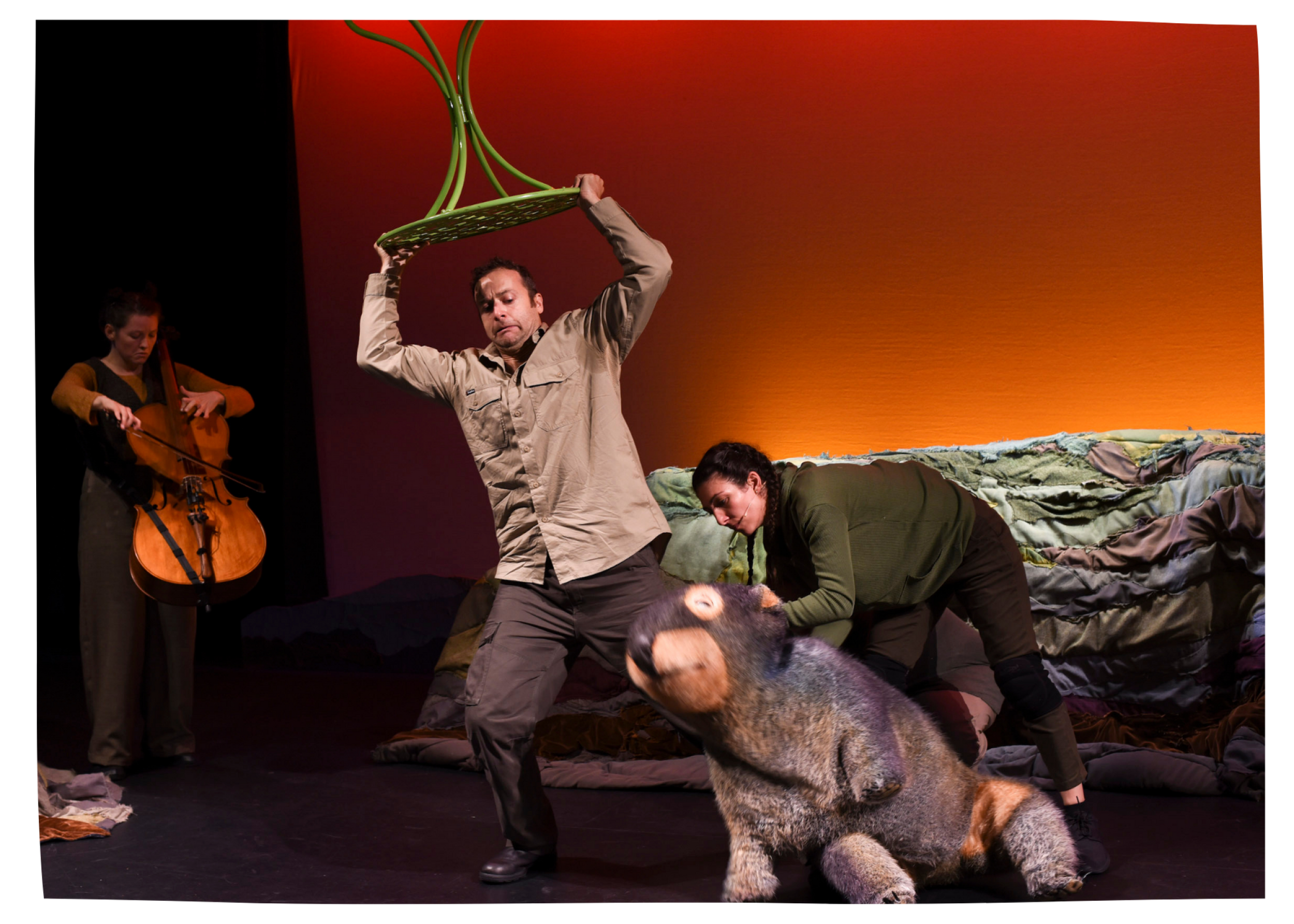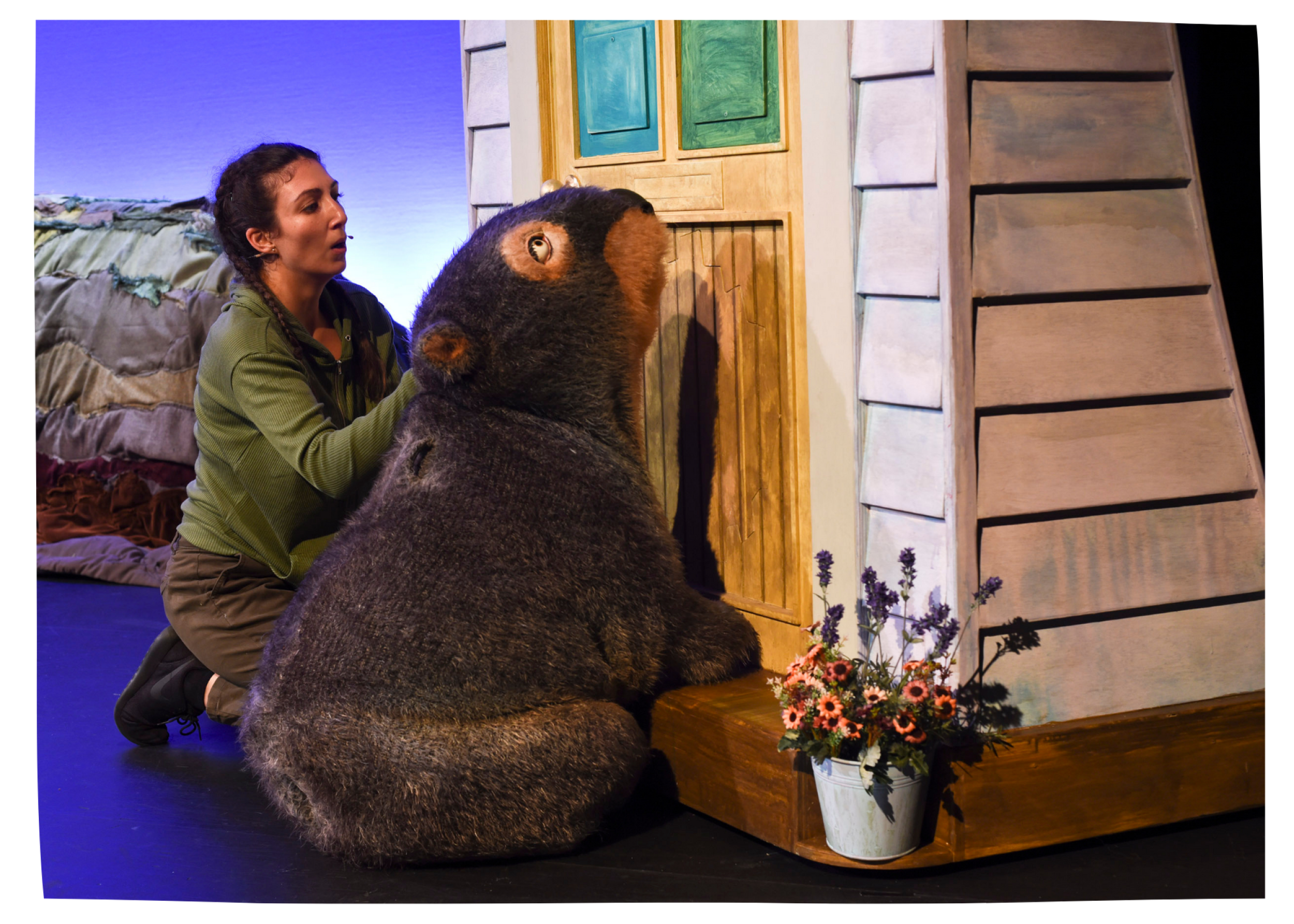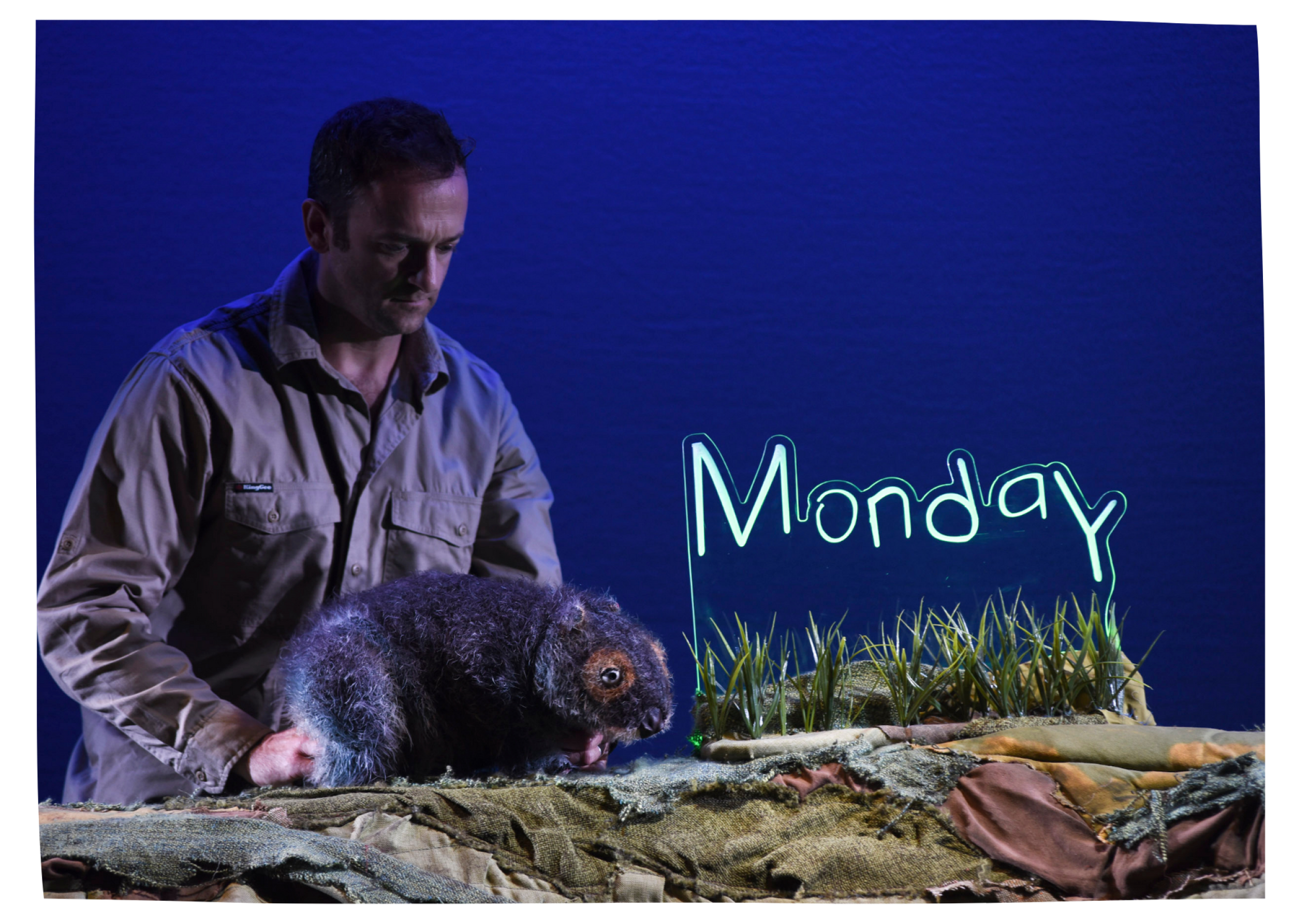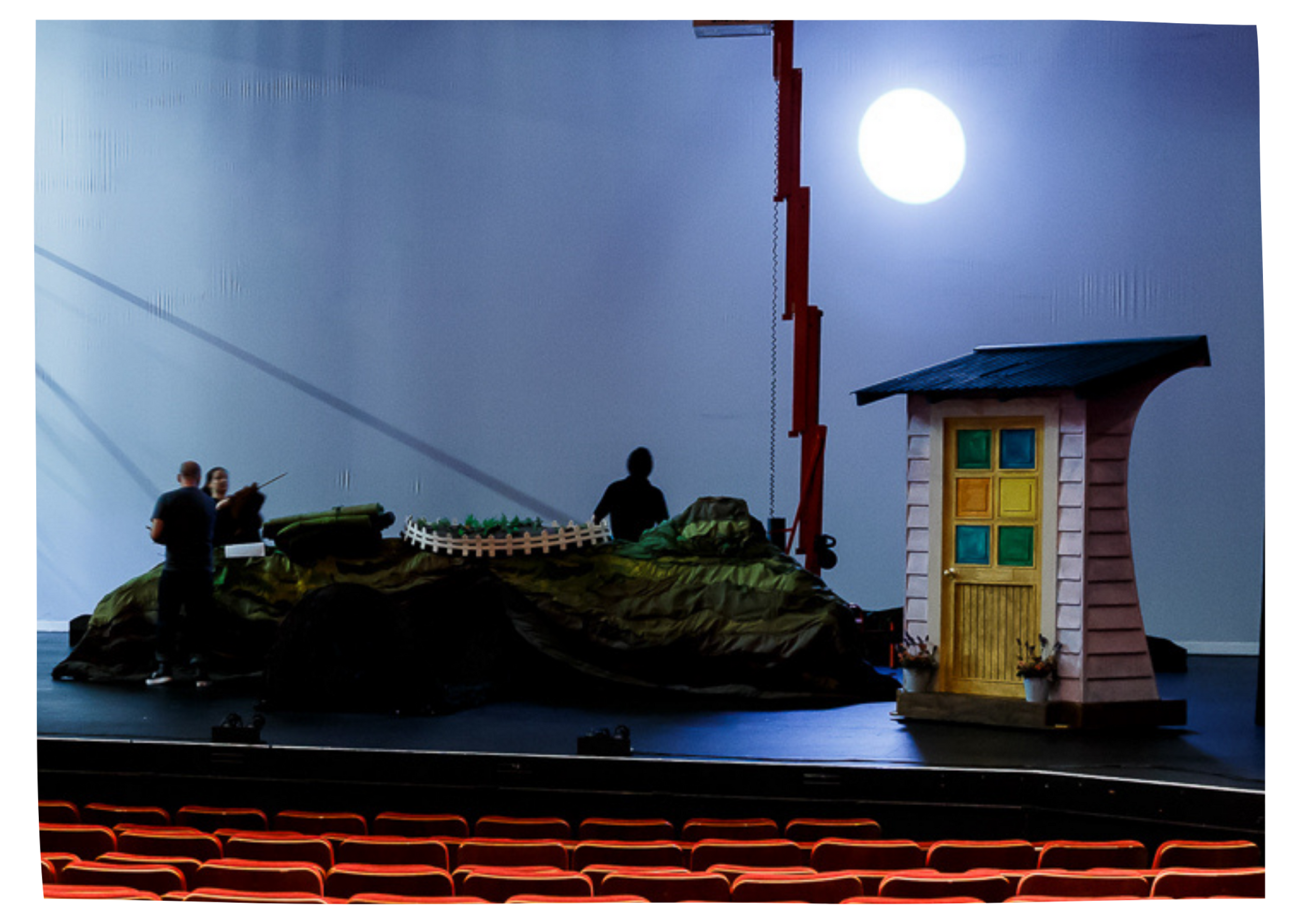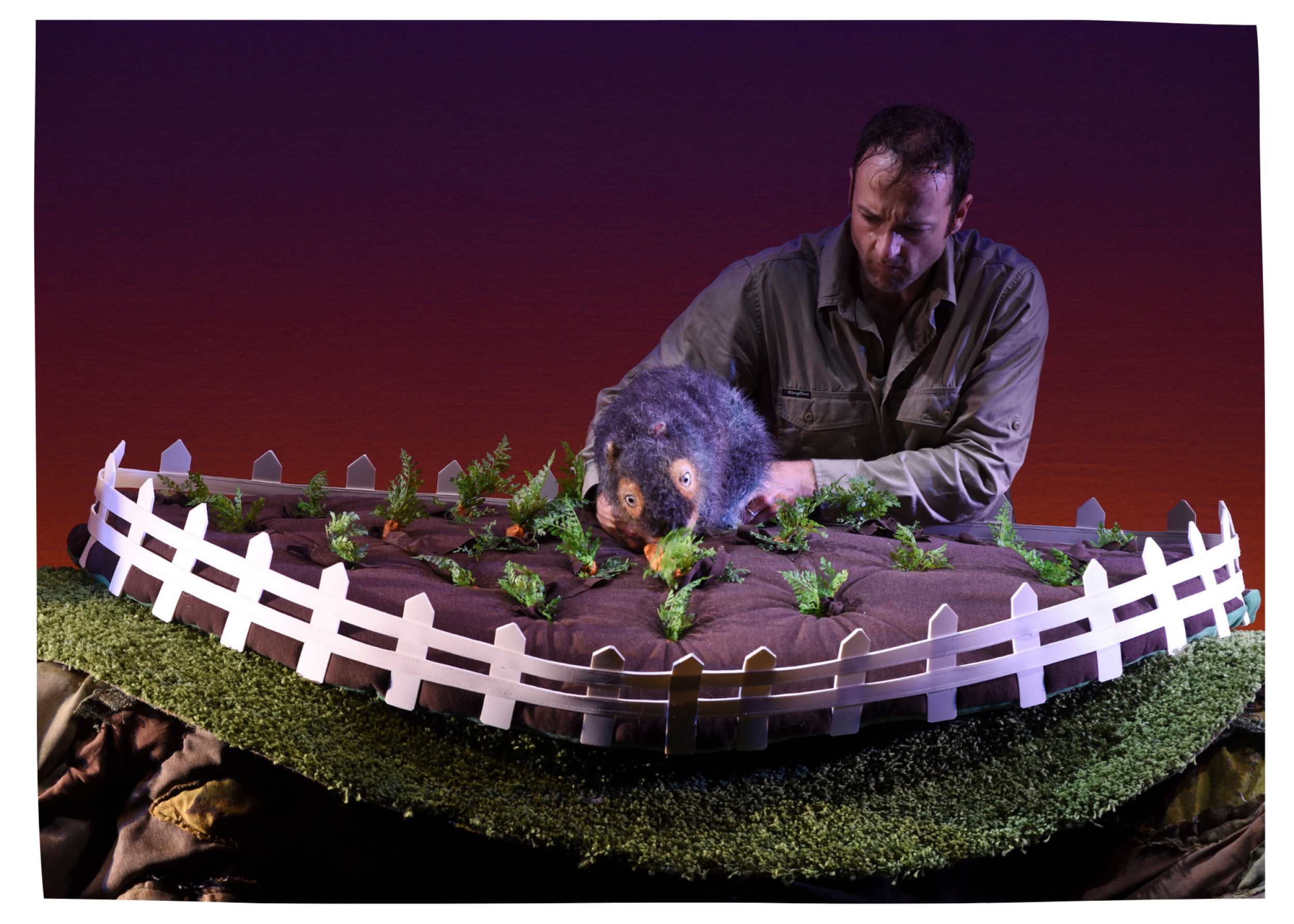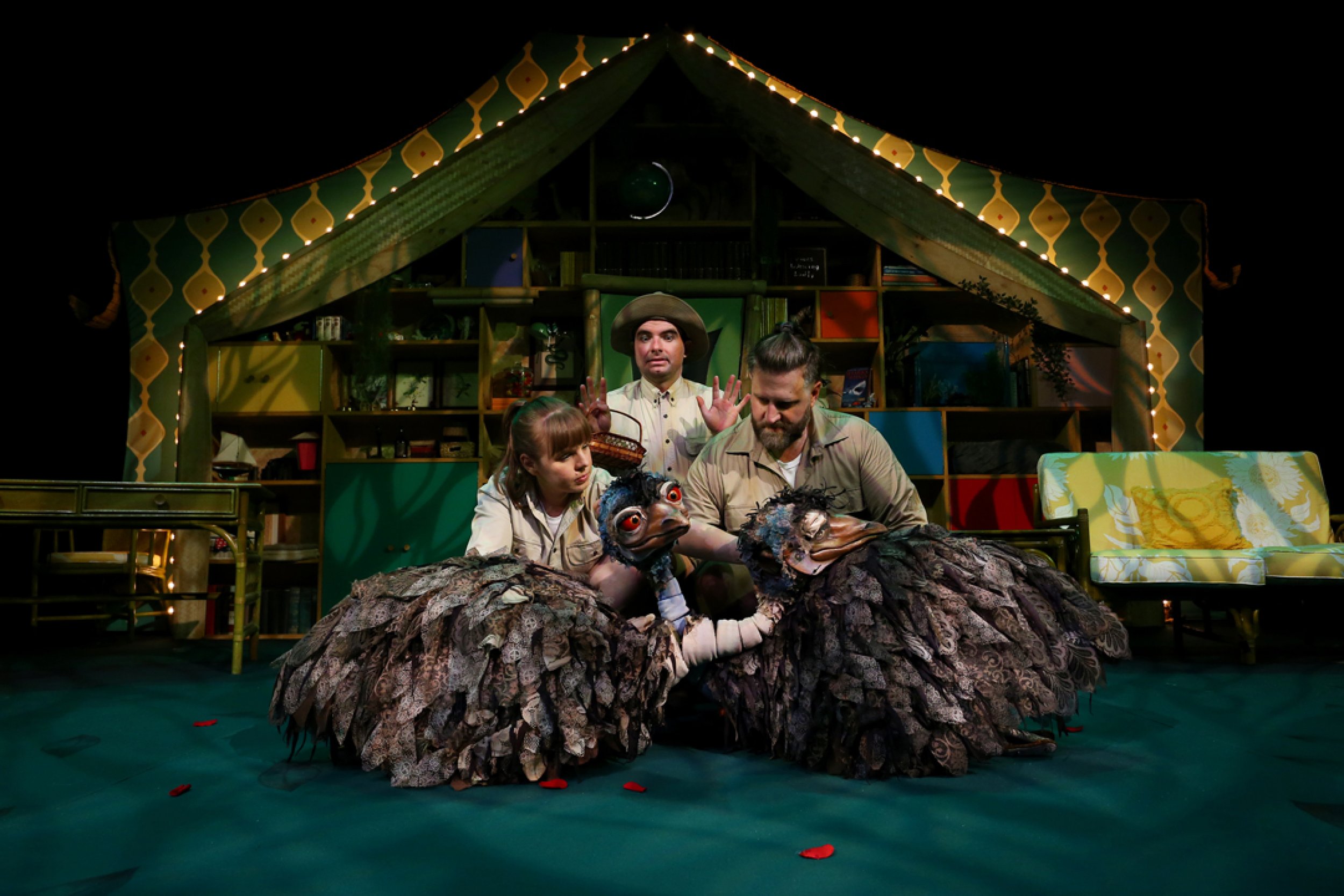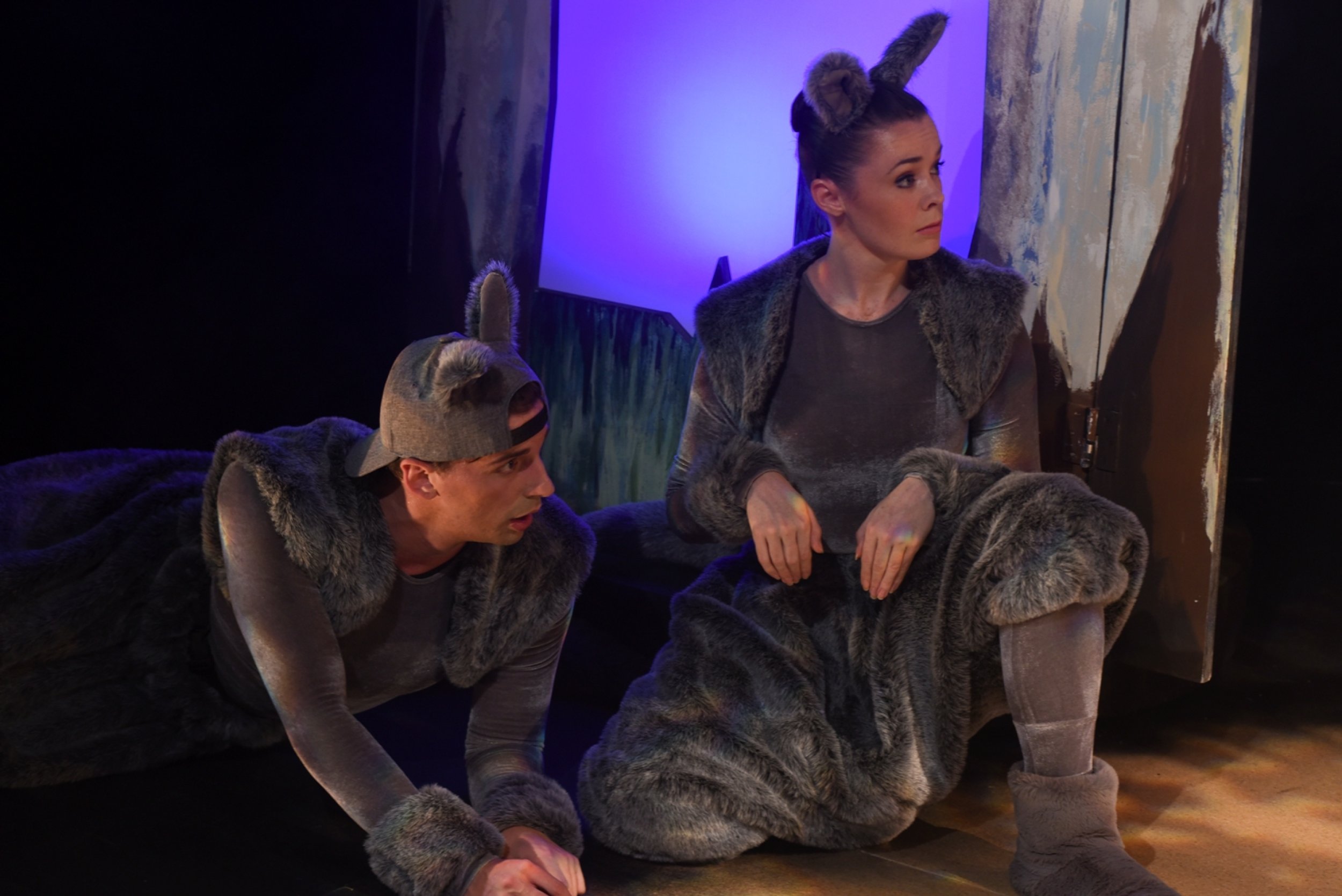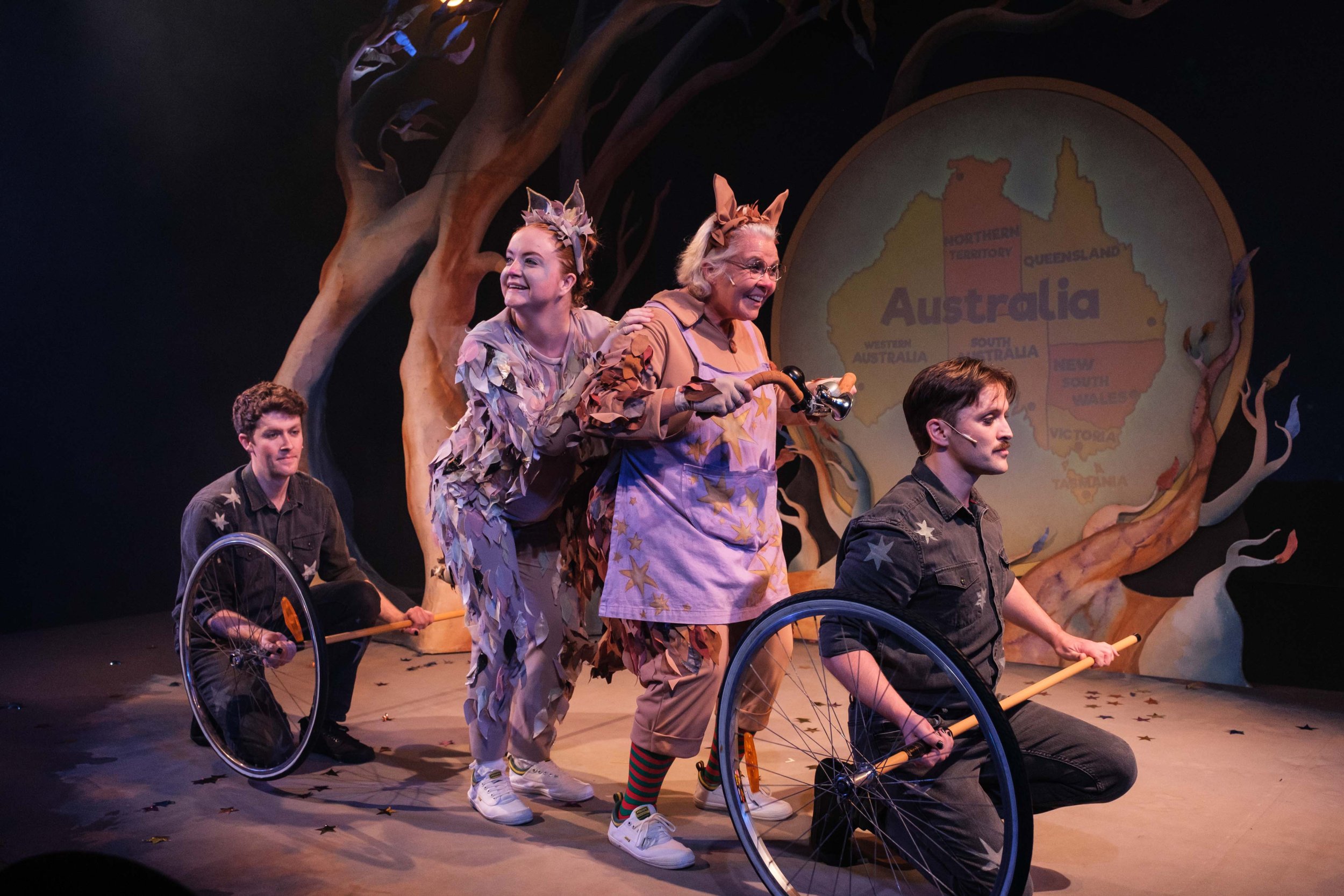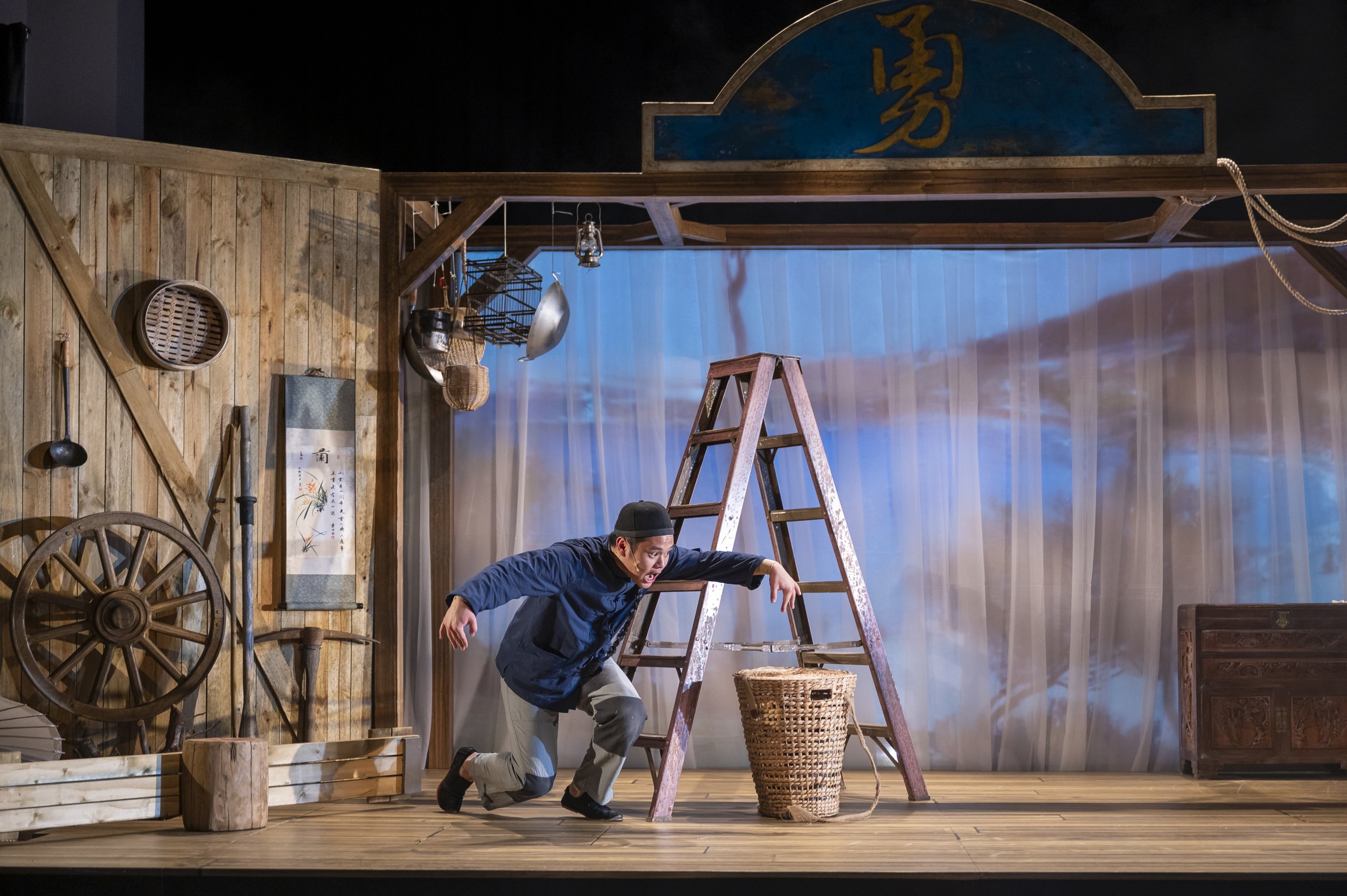Curiosity and exploration: Despite its simple routine, the wombat occasionally ventures into new territory, such as investigating a human's house or interacting with other animals. This theme reflects the innate curiosity that drives creatures, including humans, to explore their surroundings.
Resourcefulness and adaptation: The wombat creatively interacts with its environment to meet its needs, whether it's scratching on various objects or finding ways to access food. This theme underscores the adaptability and resourcefulness of animals in their quest for survival.
Humor and playfulness: The wombat's interactions with humans and other animals are portrayed in a lighthearted and comical manner. The book uses humor to engage readers and highlight the amusing aspects of the wombat's behavior.
Relationships and communication: The wombat's interactions with other animals, such as the humans and the dog, showcase the ways in which different species communicate and establish relationships. These interactions demonstrate the interconnectedness of the animal world.
